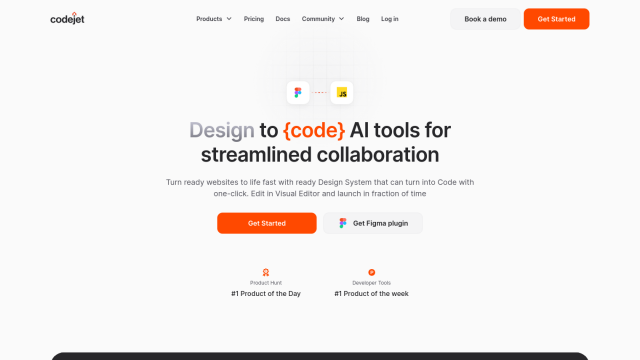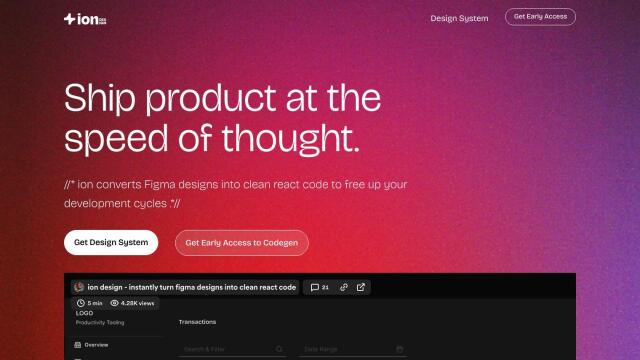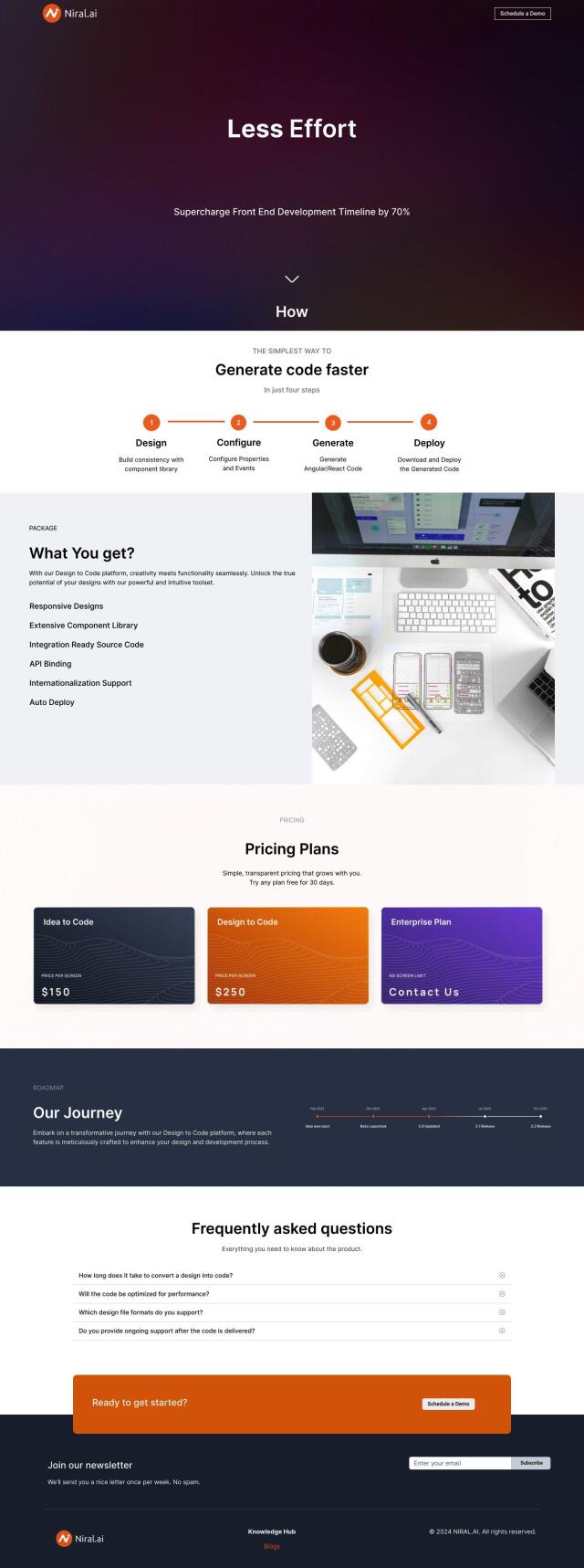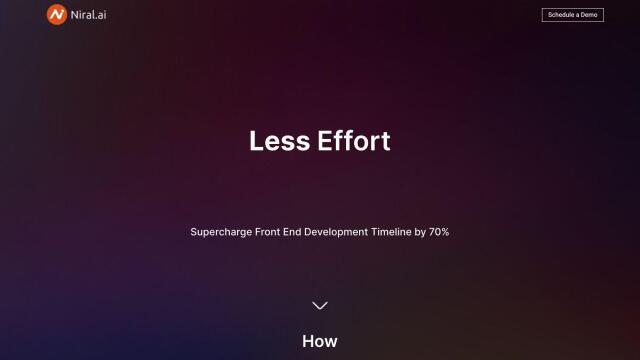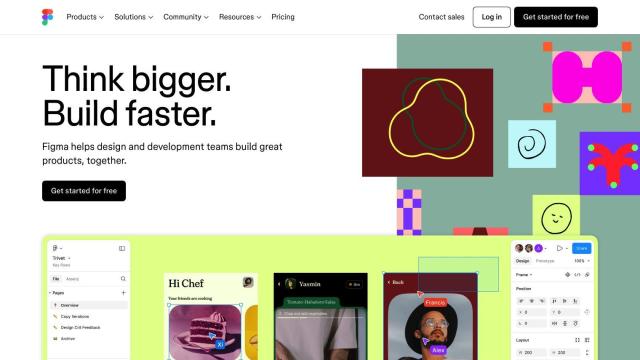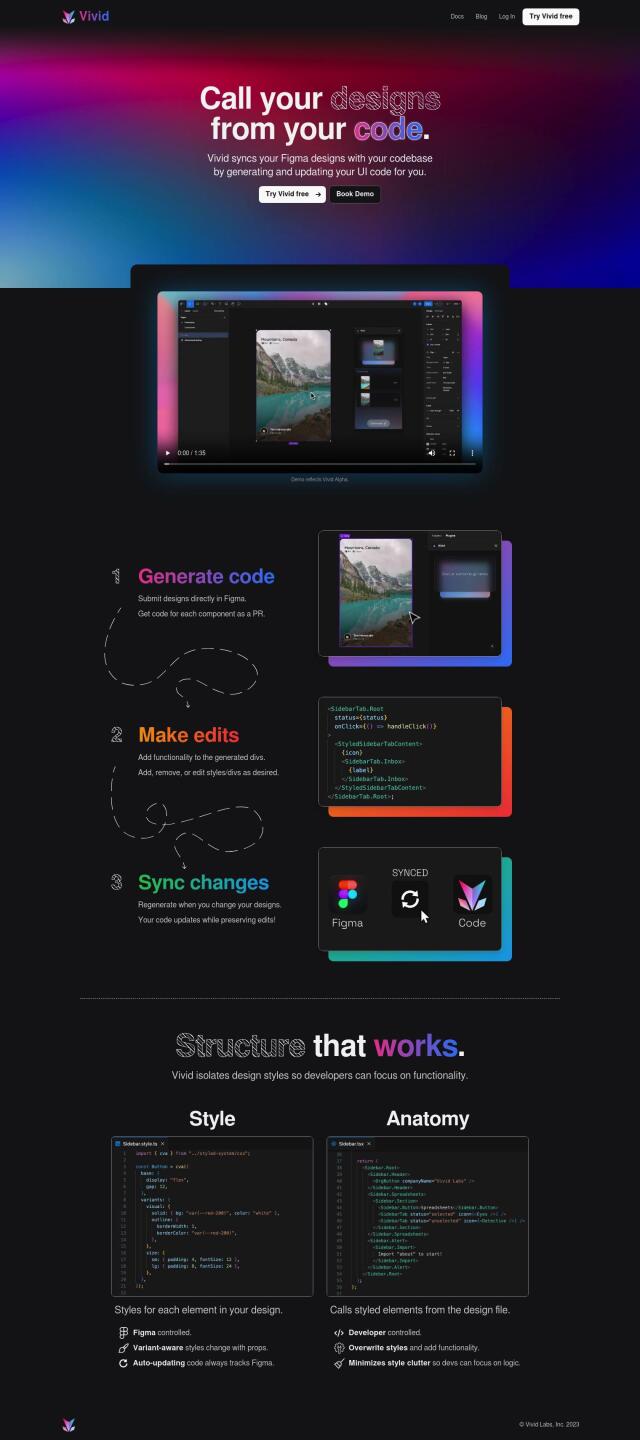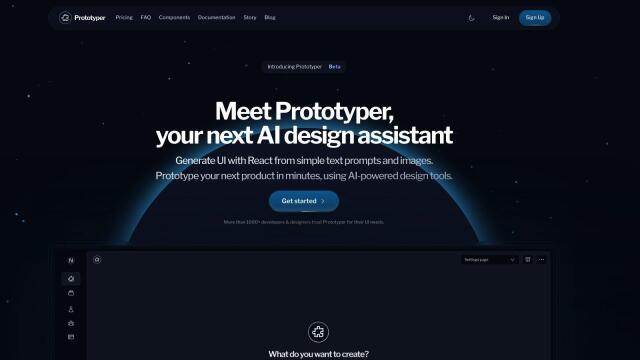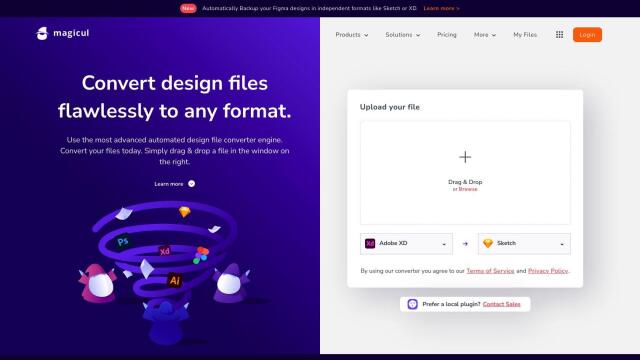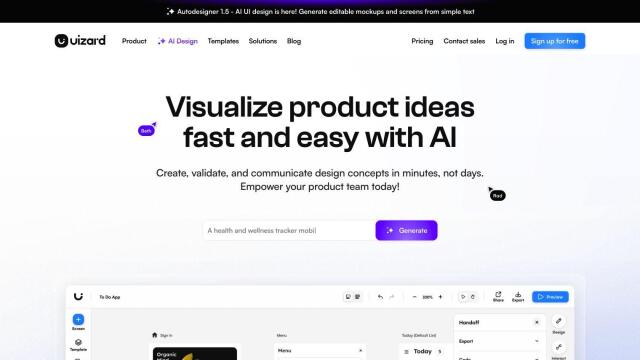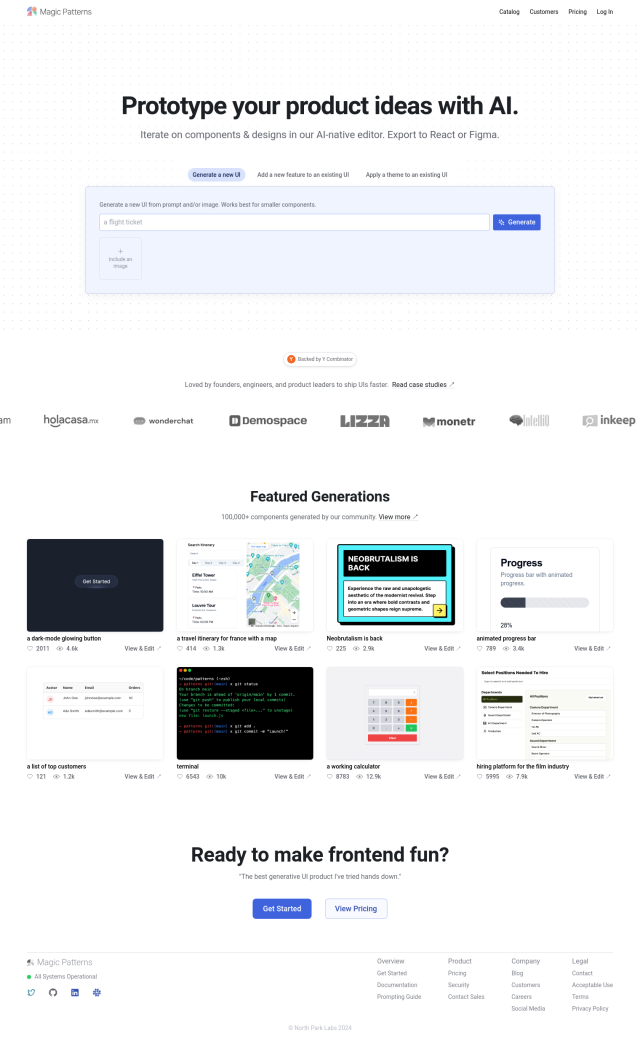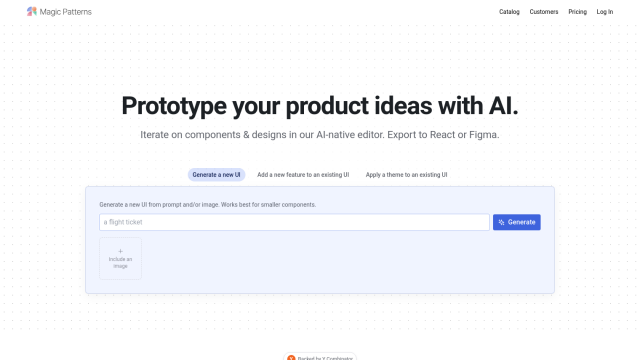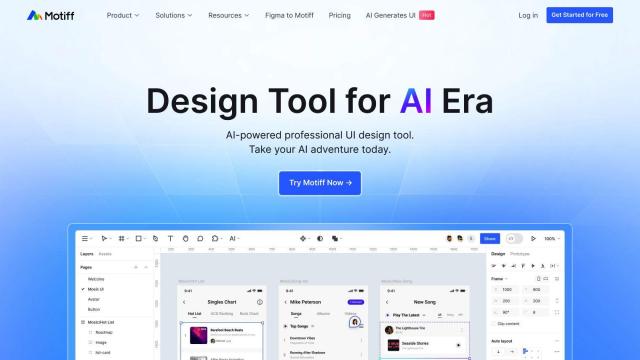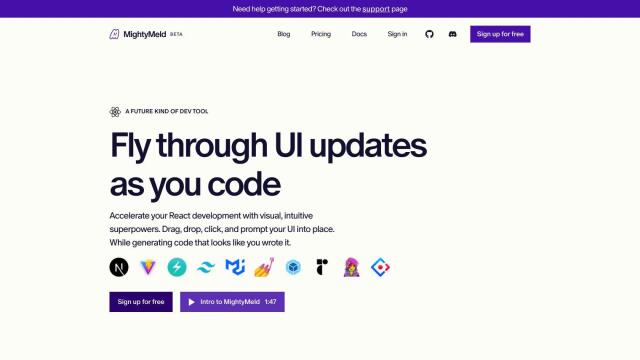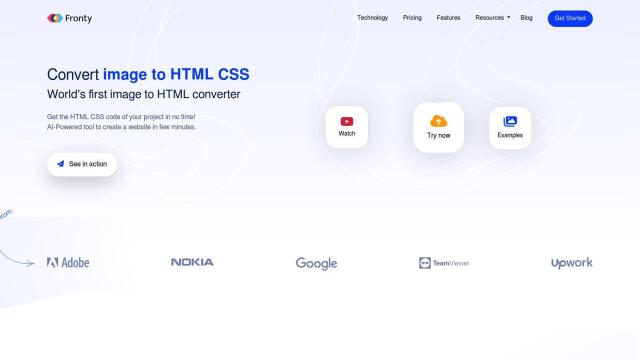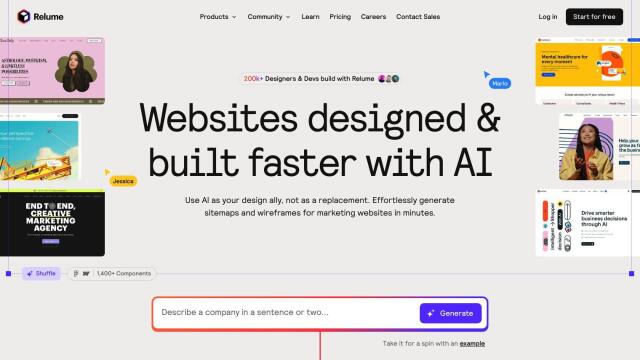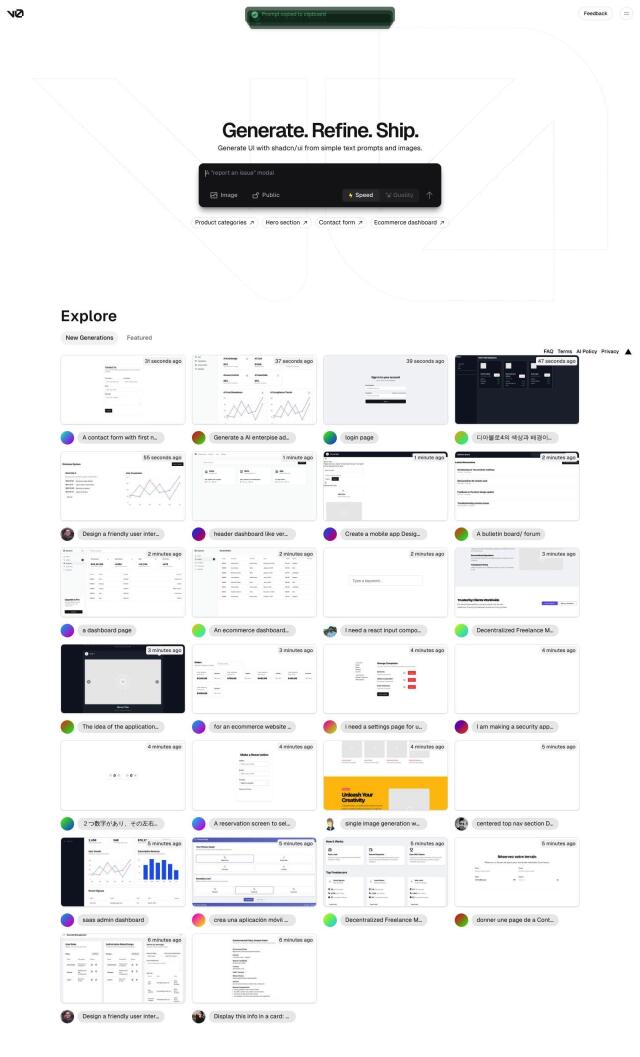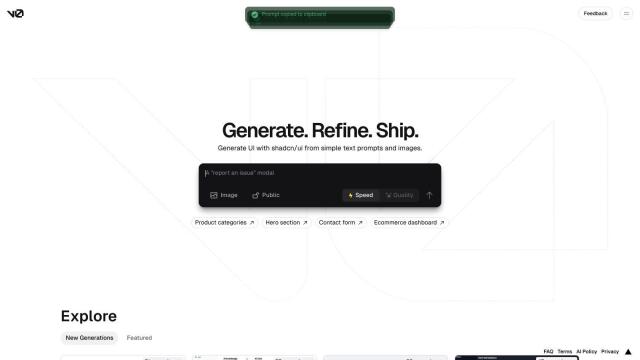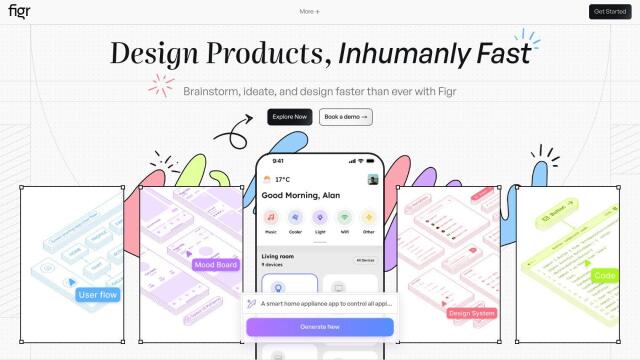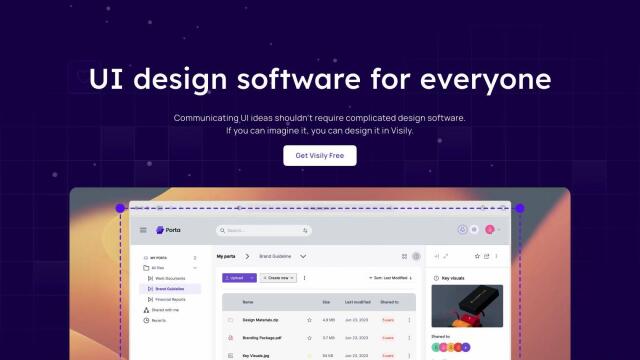Question: Can you recommend a tool that converts Figma designs into clean and responsive code quickly and easily?


Kombai
If you need a tool to turn Figma designs into clean, responsive code as quickly and painlessly as possible, Kombai is a top contender. It automates the development handoff process by generating accurate front-end code from Figma designs with pixel-perfect fidelity. Kombai can generate code in React and HTML + CSS, and it can be integrated with frameworks like Vue, Svelte, Angular and Django. It has flexible pricing tiers to suit different needs and budgets, so developers can free up time and skip the manual labor.
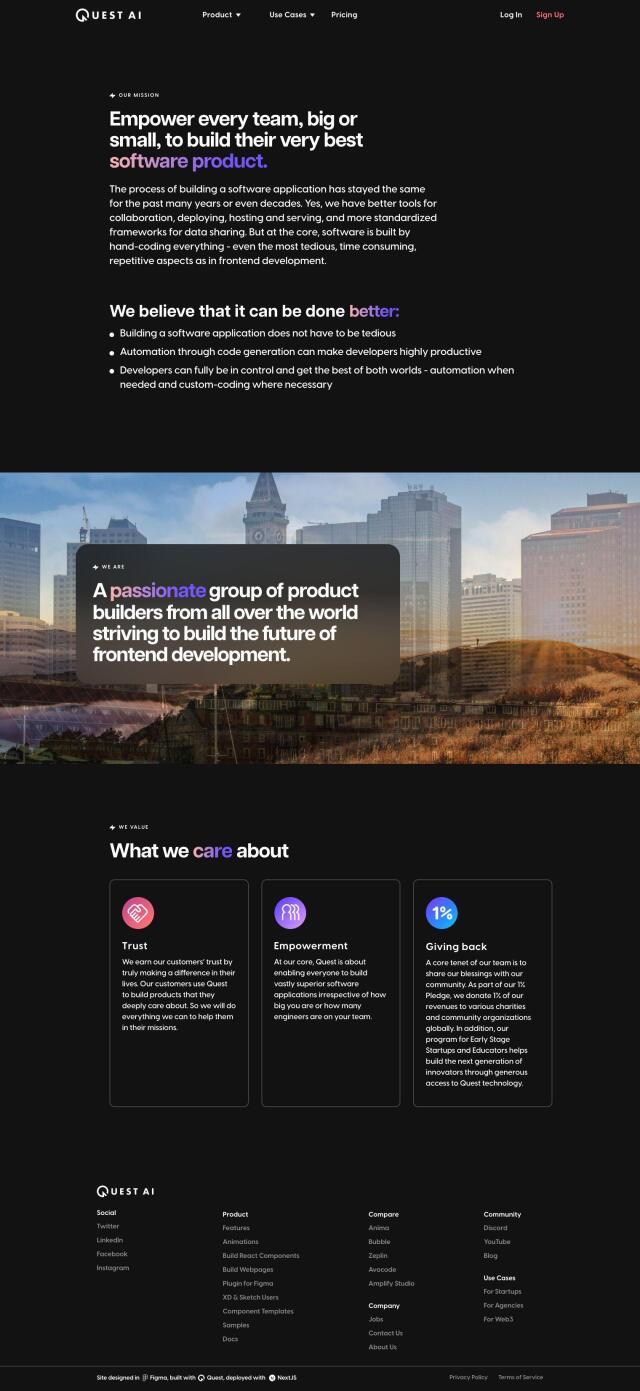

Quest
Another powerful option is Quest, which is geared specifically to turning Figma designs into React components. It uses AI models to generate clean, modular code and supports design systems and component libraries. Quest is geared for development teams, with collaboration tools and more than 1,000 templates and components to get projects underway.


Bifrost
Bifrost is also worth a look. It converts Figma designs into clean, type-safe, conditionally rendered React code, and it supports popular frameworks like Tailwind and Chakra. It can generate entire component sets automatically and can update components with changes to the design, making it a good option for developers and designers who want to speed up their design-to-code workflow.

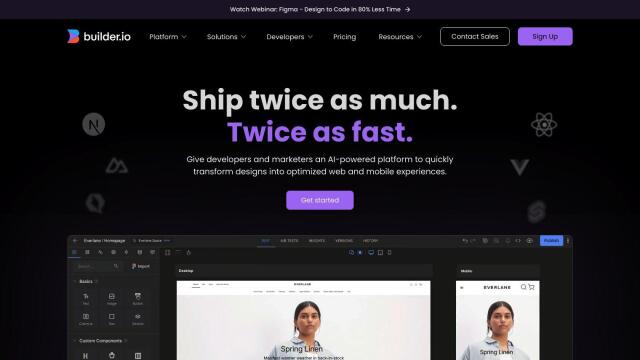
Builder.io
If you want a more complete solution, Builder.io is a suite of tools that includes a Visual Copilot to refine AI-generated code, a drag-and-drop editor for real-time collaboration, and support for frameworks like React, Vue and Angular. It also includes features like component mapping, a global CDN and image optimization, so it's a good option for teams that want to accelerate their design-to-code workflow.

